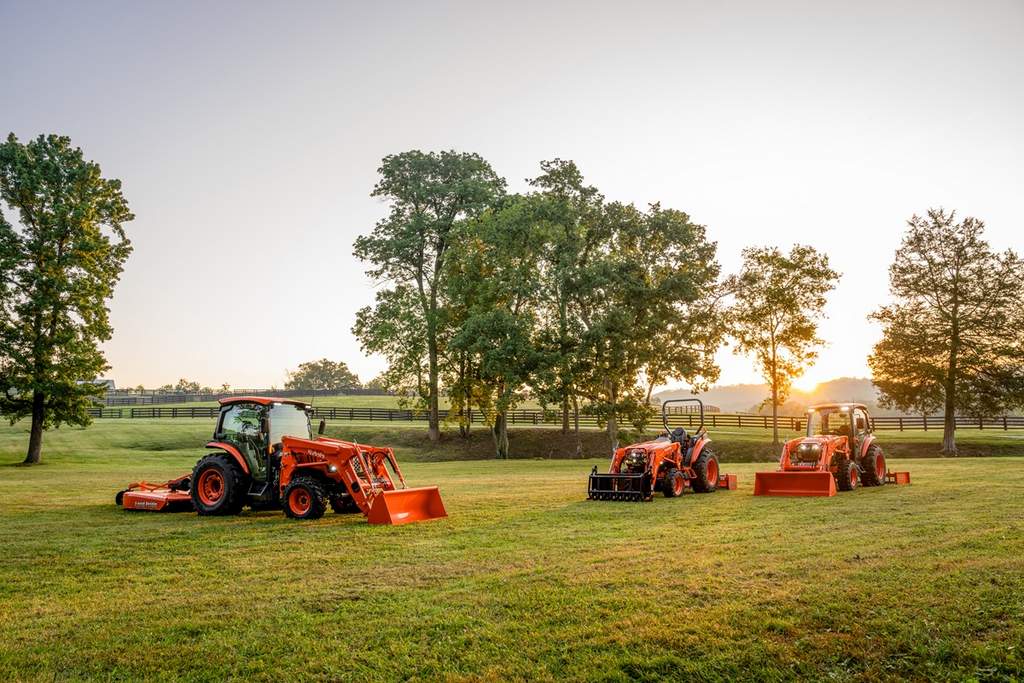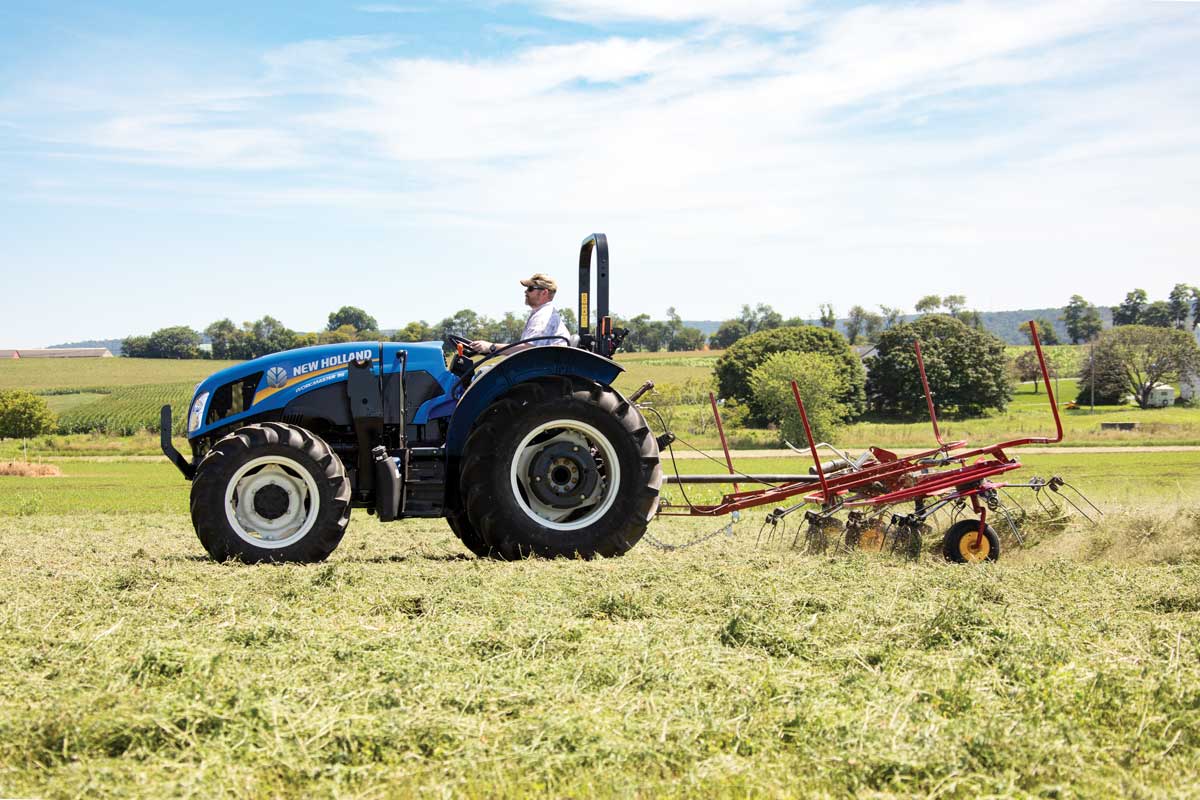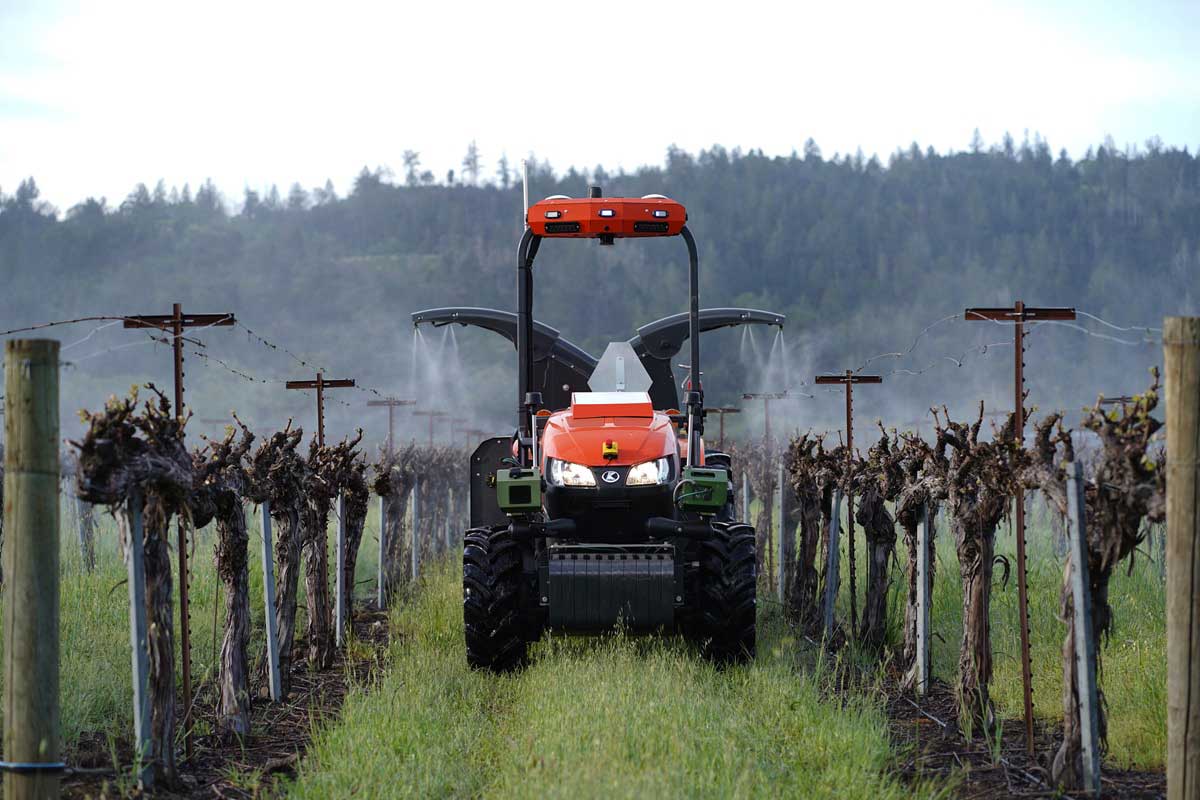Chore Tractor Maintenance: Spring Cleaning Tips For Utility Tractors
 In the excitement of weather warm enough to start spring planting, regular equipment maintenance and cleaning may be overlooked. Whether your tractor and implements have been in the shed for the winter or out tackling the toughest cold weather chores, it’s time for a thorough spring cleaning inside and out to get ready for that long list of spring and summer projects.
In the excitement of weather warm enough to start spring planting, regular equipment maintenance and cleaning may be overlooked. Whether your tractor and implements have been in the shed for the winter or out tackling the toughest cold weather chores, it’s time for a thorough spring cleaning inside and out to get ready for that long list of spring and summer projects.
“When it comes to spring time chores, there is little that is more exciting than the first revving up of your compact tractor for the season,” says Barry Figa, marketing product specialist for AGCO’s Massey Ferguson. “But it’s vital that tractors and implements start the season fully-serviced and maintained — it will help keep equipment operating to full potential when you need it to tackle the toughest jobs. A regular program of service and preventive maintenance will keep things running smoothly, prevent costly repairs and help maintain lasting value.”
Figa offers a list for spring cleaning and preventive maintenance tips. Your tractor’s owner’s manual provides a detailed explanation of regular service intervals and maintenance specific to the model you own. If you are unsure about your maintenance, be sure to utilize your local dealer as a resource that knows your equipment inside and out. But as a general guideline, this list contains tips that will benefit almost any make or model.
1. Begin with a thorough cleaning of your tractor. Winter mud, grime and de-icing products should be removed to keep metal parts from corroding and rusting. Use degreaser to remove greasy build-up on the engine and chassis. Be sure to clean the radiator screens and the underside of your tractor. A clean start will help prevent rust and provide easy viewing of damage or necessary repairs.
2. For cab tractors, vacuum and wipe dust from inside the cab and wash cab windows to achieve maximum viewing area. Use wax or sealant to enhance and protect painted surfaces.
3. Once the tractor is clean, complete a thorough inspection of your equipment. See if anything is loose, damaged or in need of service. Having a dealer who is familiar with your piece of equipment is important — they should easily recognize if there is anything out of place or in need of repair.
4. Go over the entire tractor and look for loose or missing nuts, bolts and screws, tighten or replace as needed. These are small and easy fixes that make a big difference. Loose fasteners cause treacherous damage to threaded parts, linkages and bushings can loosen tolerances on tight-fitting mechanisms and will waste your time and money on repairs that could have been prevented. If you are unsure of the proper torque spec, consult your owner’s manual or local dealer.
5. Electrical connections should all be wired tightly with no loose connections or frayed wires. Electrical connections are vital in precision farming. Clean, clear electrical connections provide valid data and track field activity for high yields.
6. Check and add engine coolant, and replace belts and hoses as needed. Look for fluid leaks and worn or cracked belts. Clasp each belt and move it so you can see the entire section of the belt, both the front and the backsides. Look for signs of cracking, fraying or splitting, oil soaking and hard glazed contact surface. Replace items showing any signs of damage. Make sure when installing new belts or when retightening old ones to get the correct belt tension. A belt too tight will cause premature wear on the bearings; a belt too loose will squeal, flap and cause other problems.
7. Pay special attention to hydraulic hoses and connectors, as a failure in the hydraulic system can cause operational issues and become a safety concern. Do a visual inspection for leaks and cracks. Lubricate all fittings and replace loose or worn connections as needed.
8. Use a voltage meter to check the condition of your tractor’s battery. A voltage meter reading below 9 volts indicates you need a new battery. Make sure the battery connections are tight and free of corrosion.
9. Check the tires for proper air pressure and wear. Proper air pressure is vital for the health of your tires and overall equipment performance. Accurate air pressure can maximize tractor efficiency, minimize compaction, increase tractor drivetrain life and increase profitability. If tires are not at the recommended level, fuel economy can be negatively affected and the overall life of the tires can be shortened with uneven wear. Be sure to check with your dealer or owner’s manual on recommended tire pressure for the task at hand. Replace the tires that are worn or show signs of dry rot.
10. Finally, tighten wheel lugs according to the owner’s manual. Typically this is done after the first 10 hours of seasonal use and again at 50-hour intervals.
Lindsey Pettyjohn is a marketing communications manager for AGCO’s Massey Ferguson.





Comments are closed here.